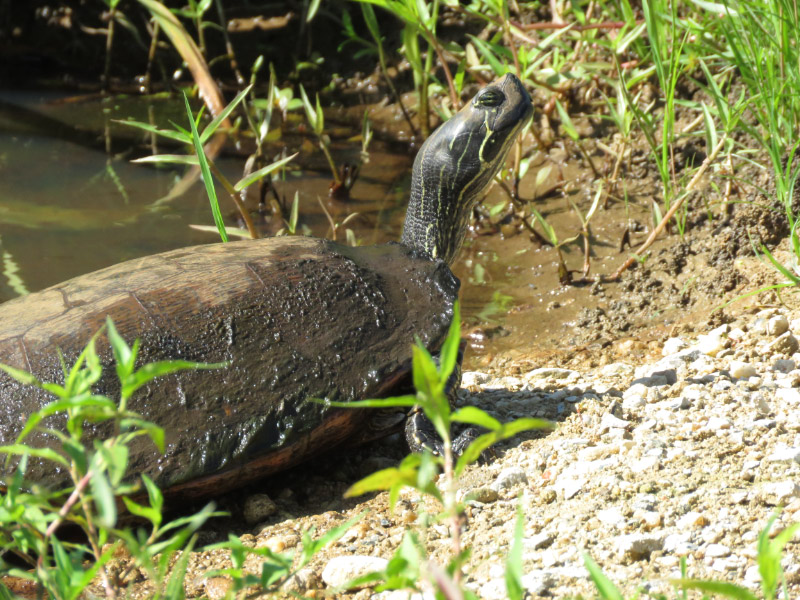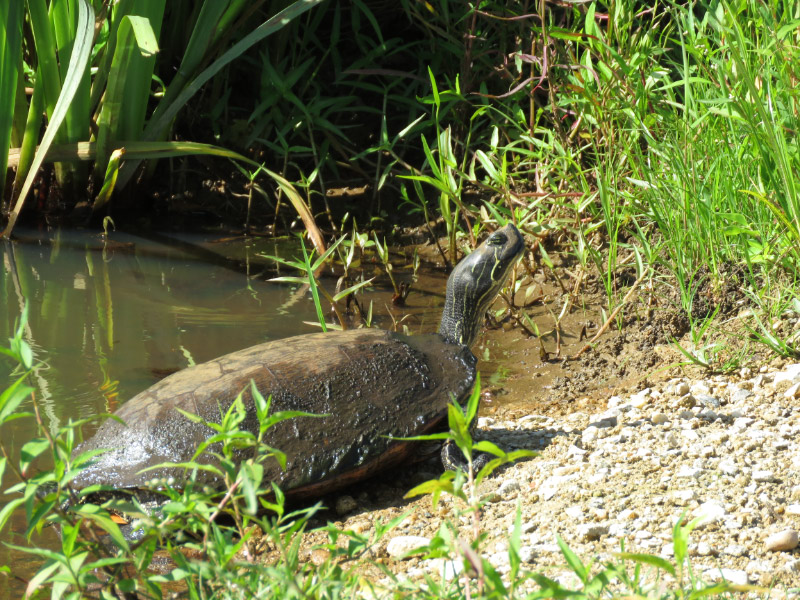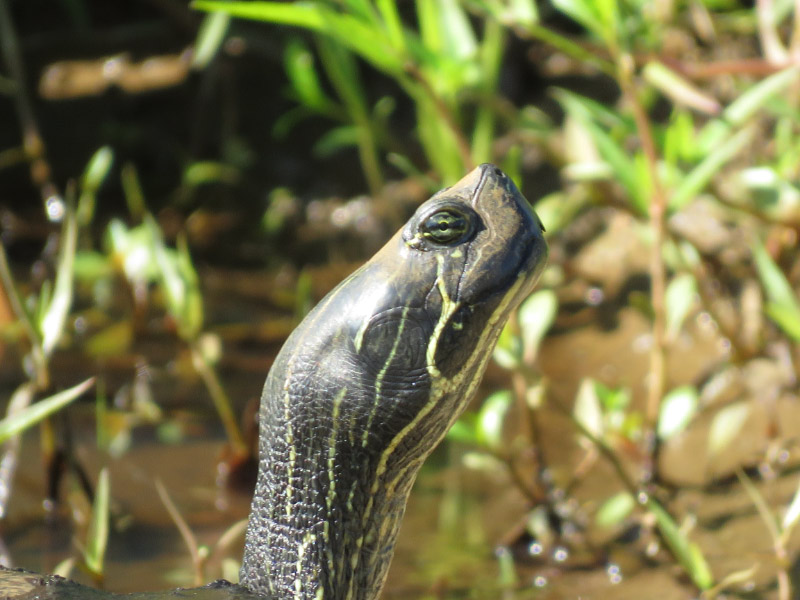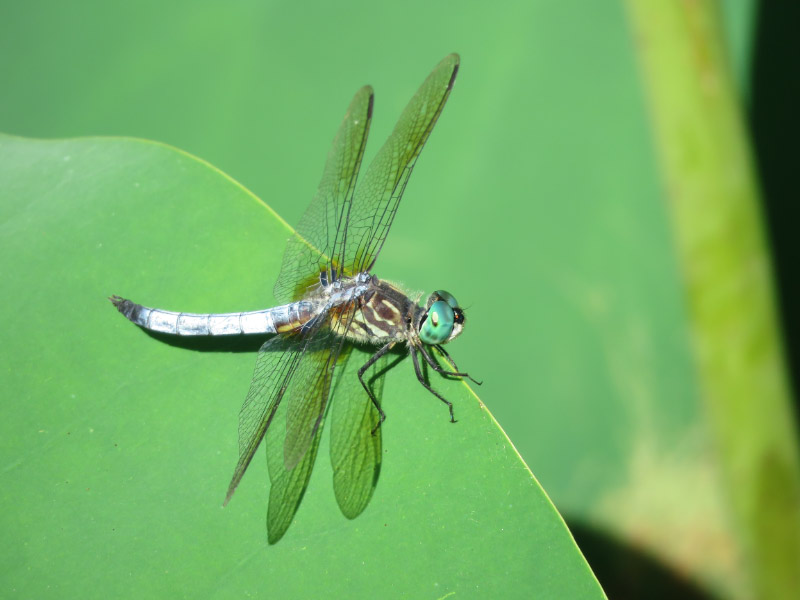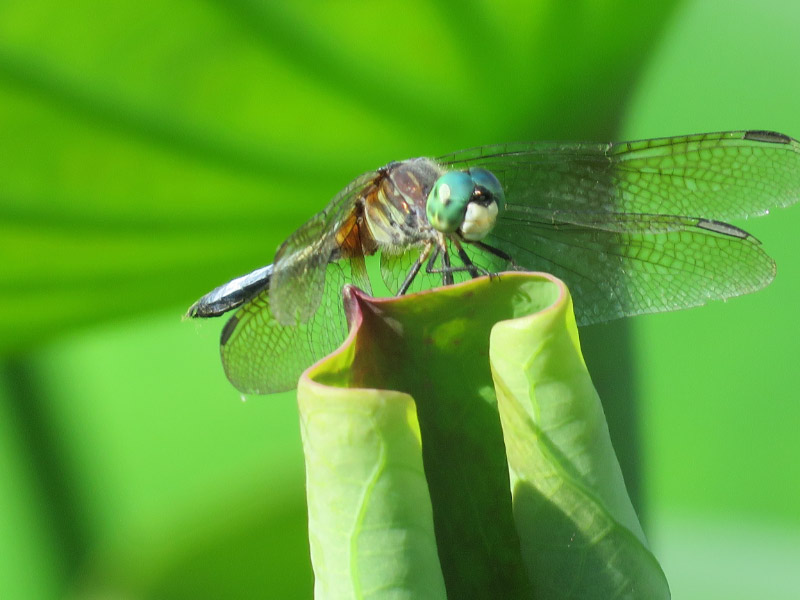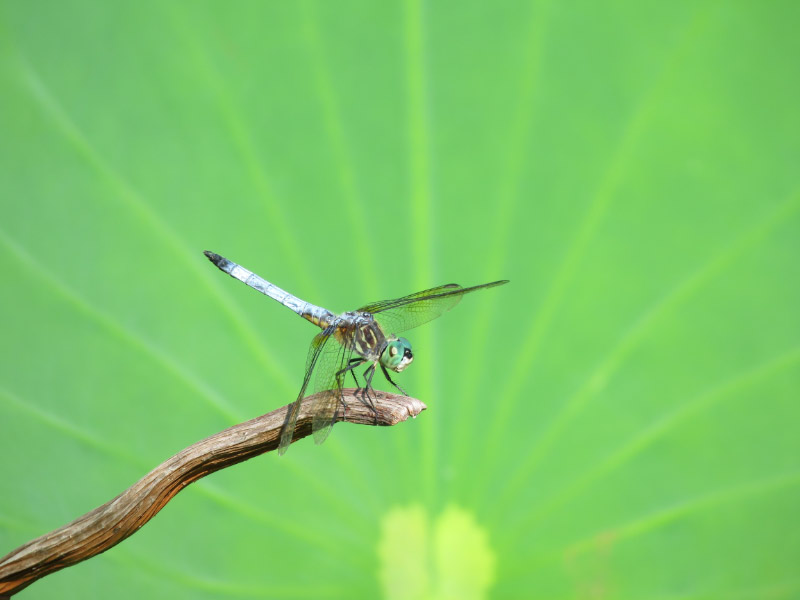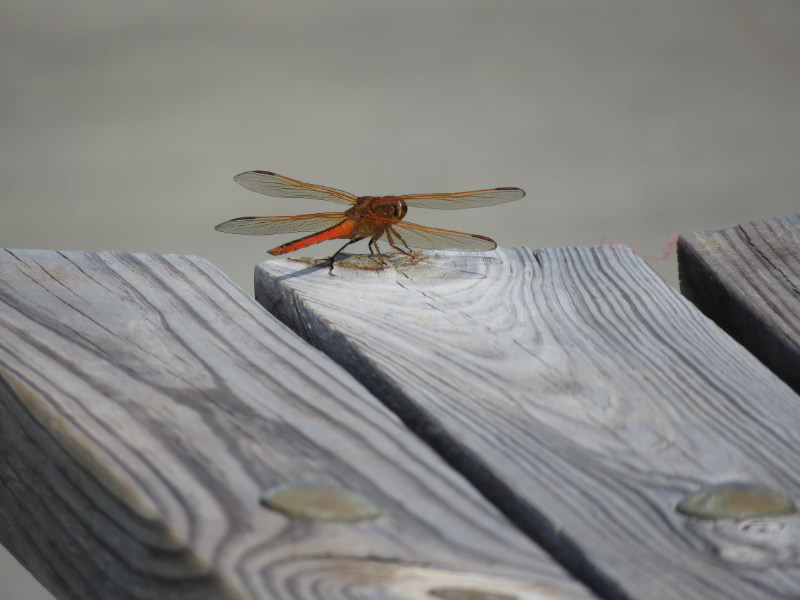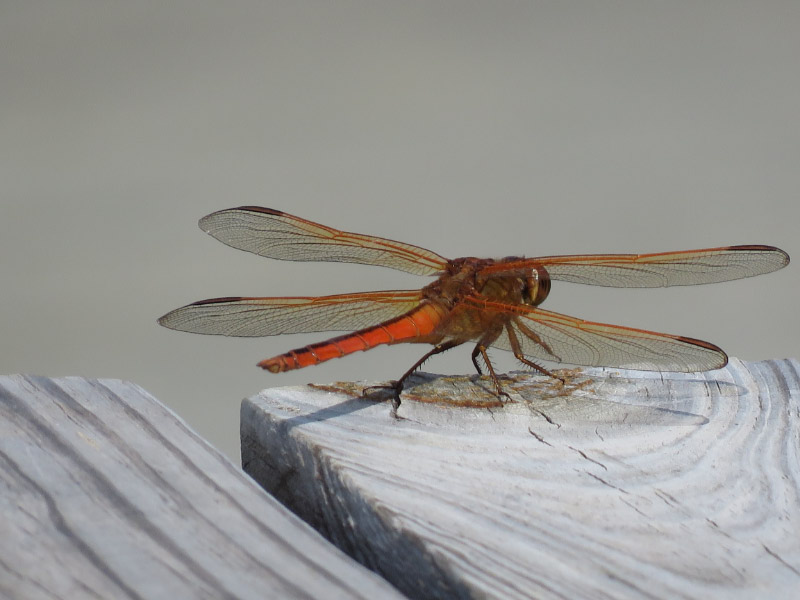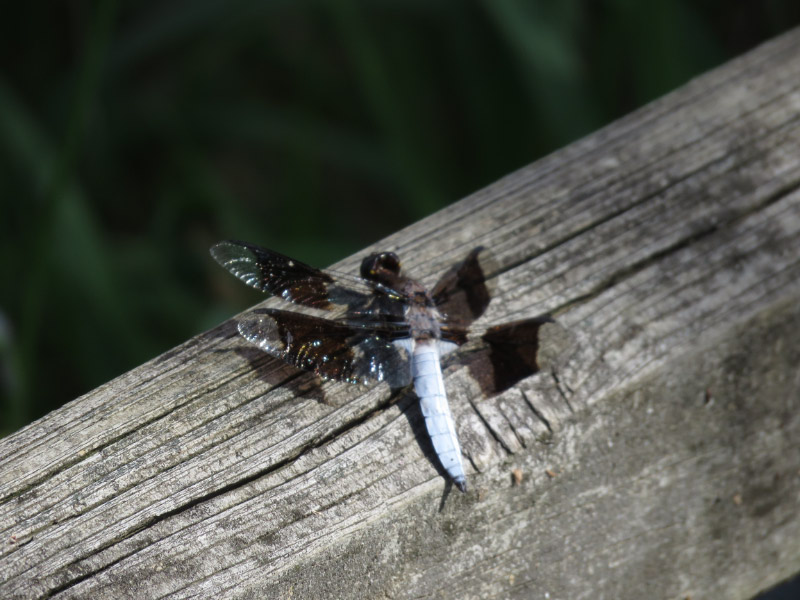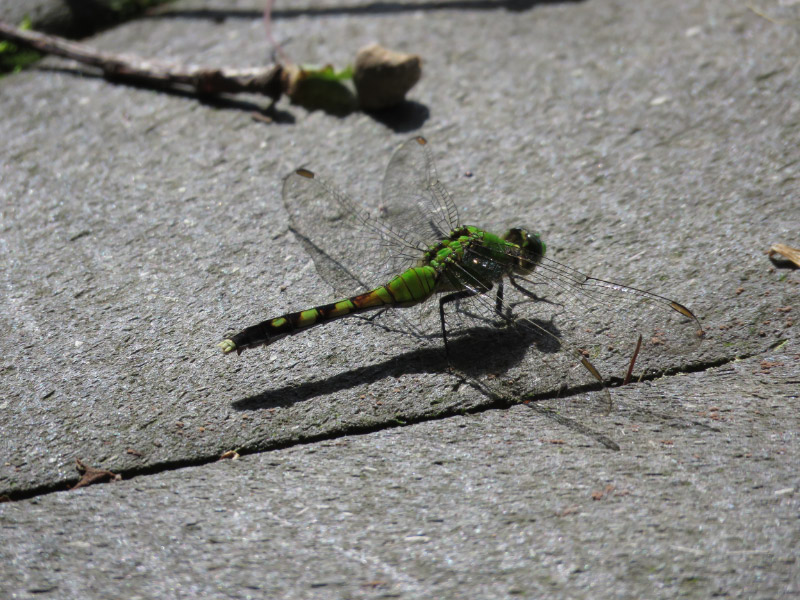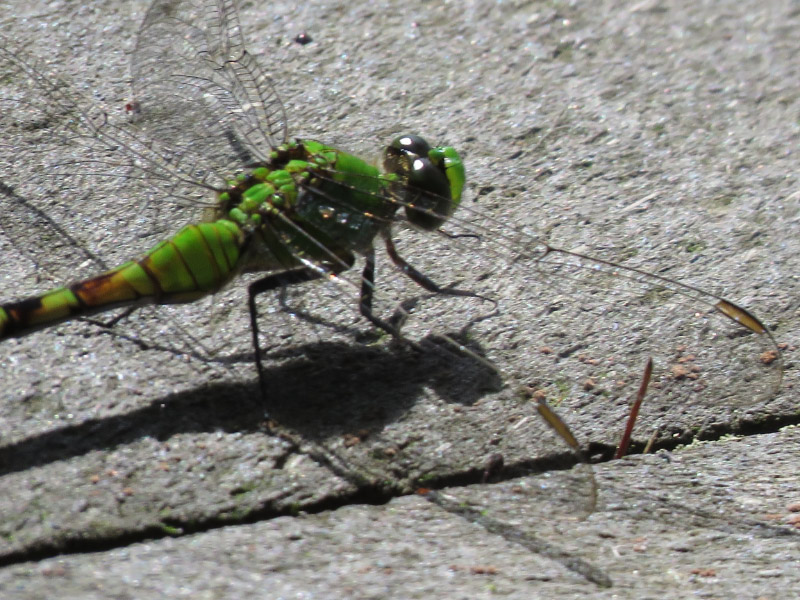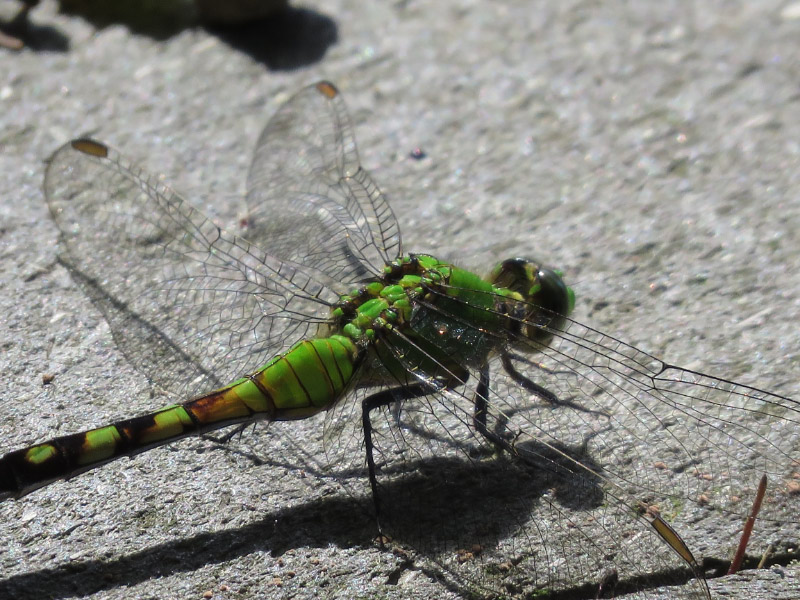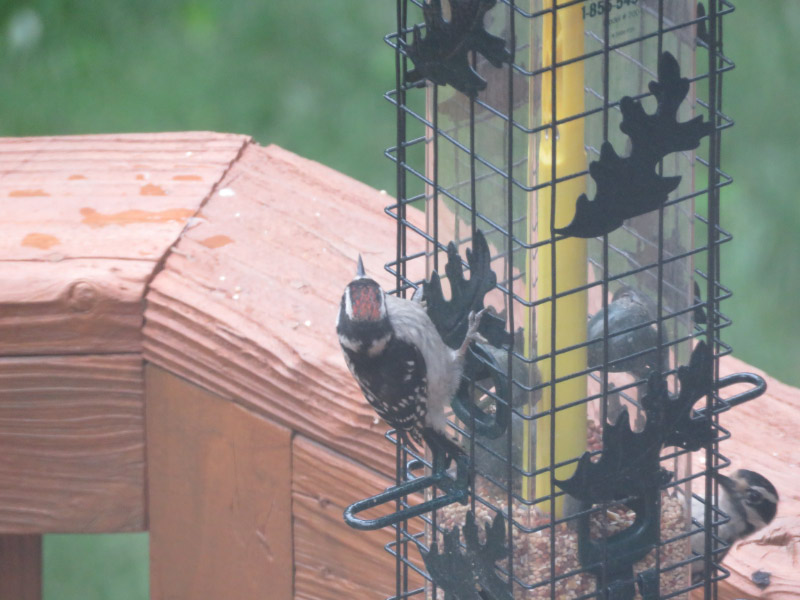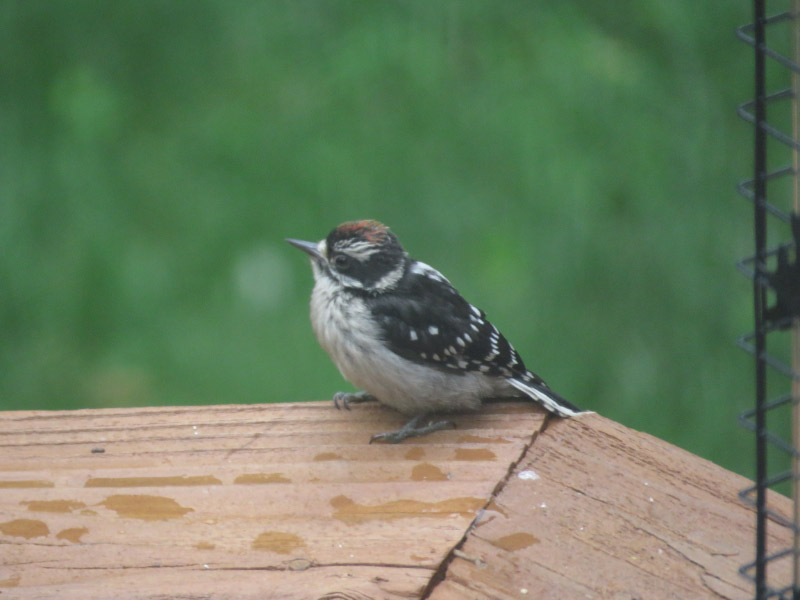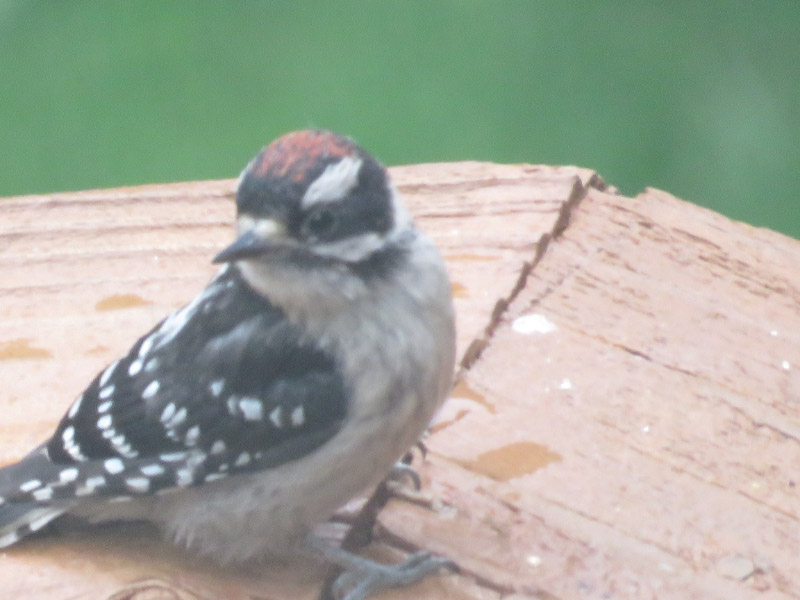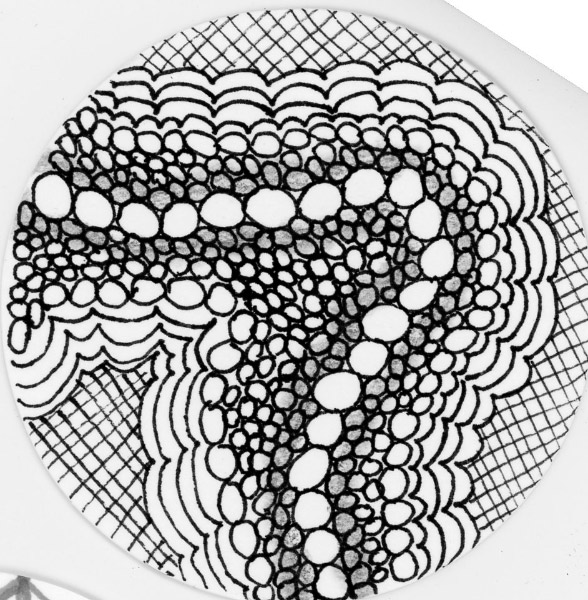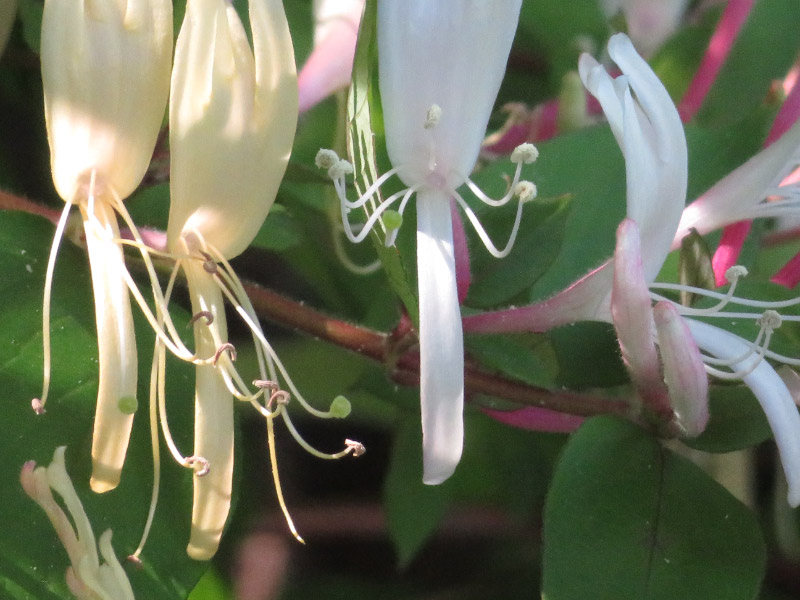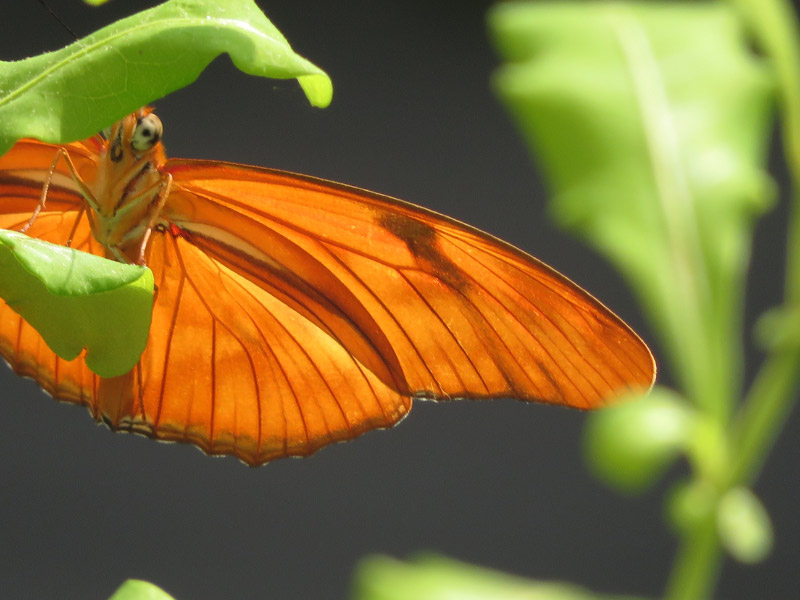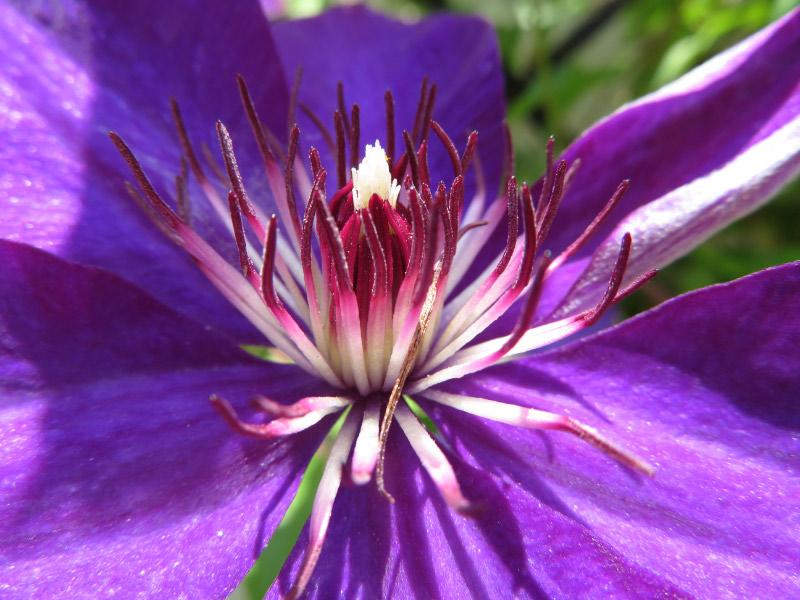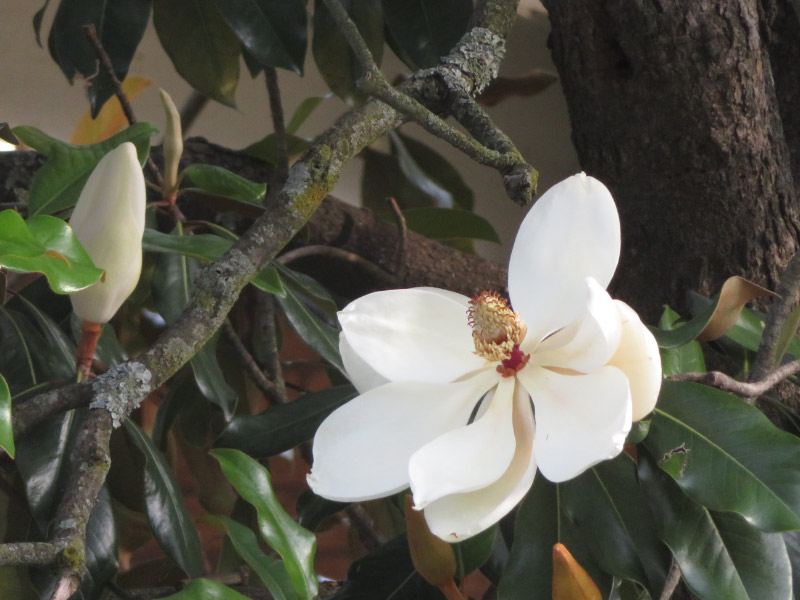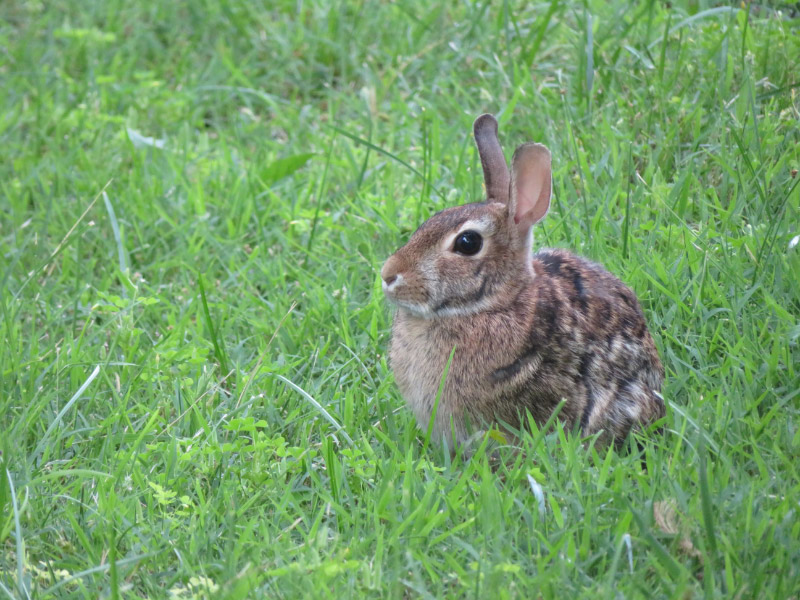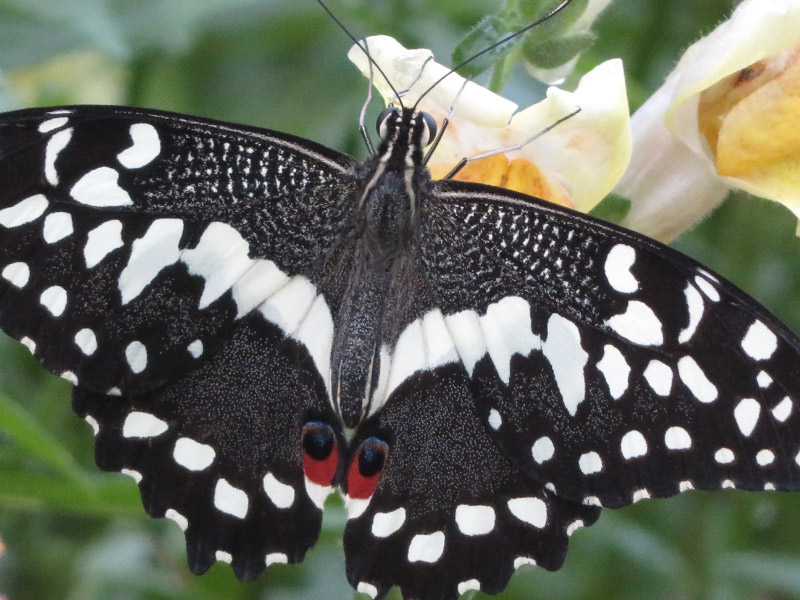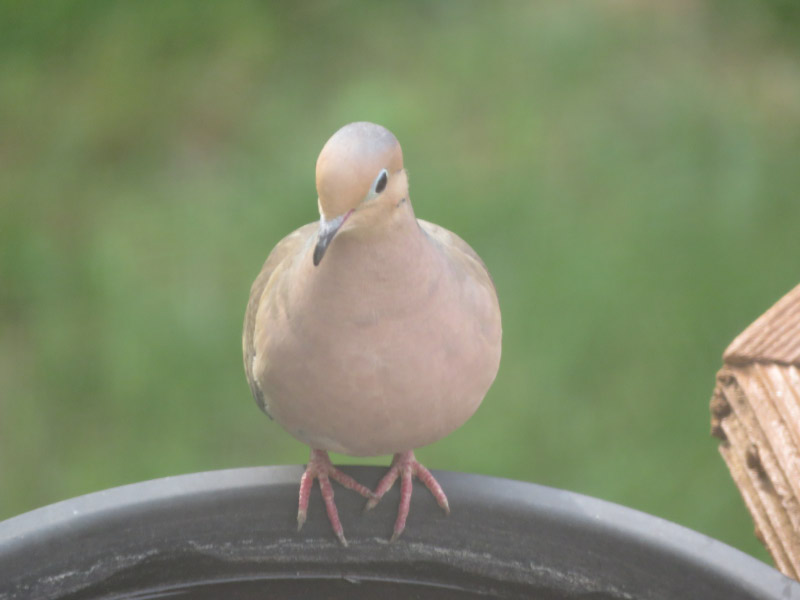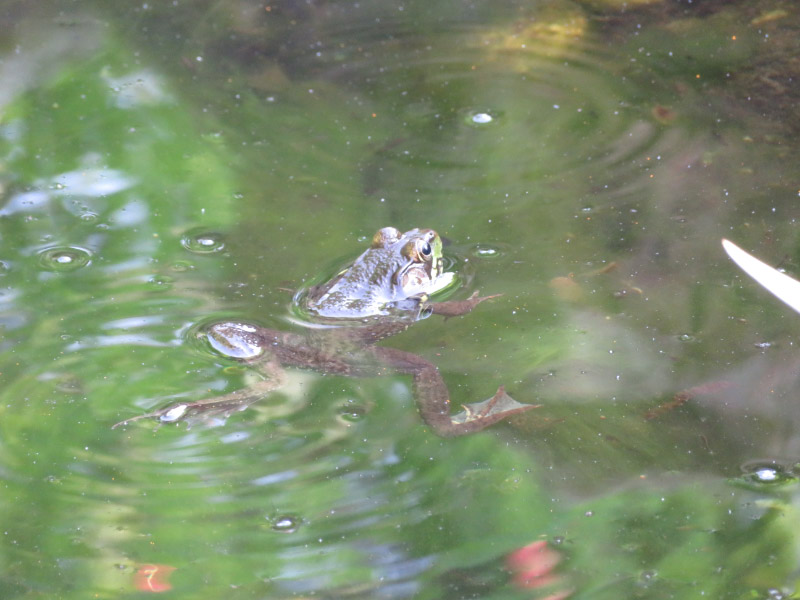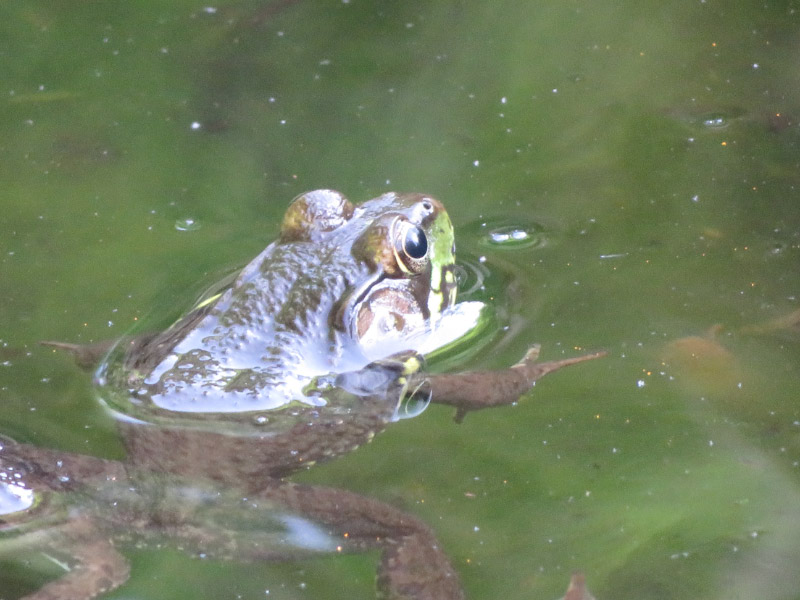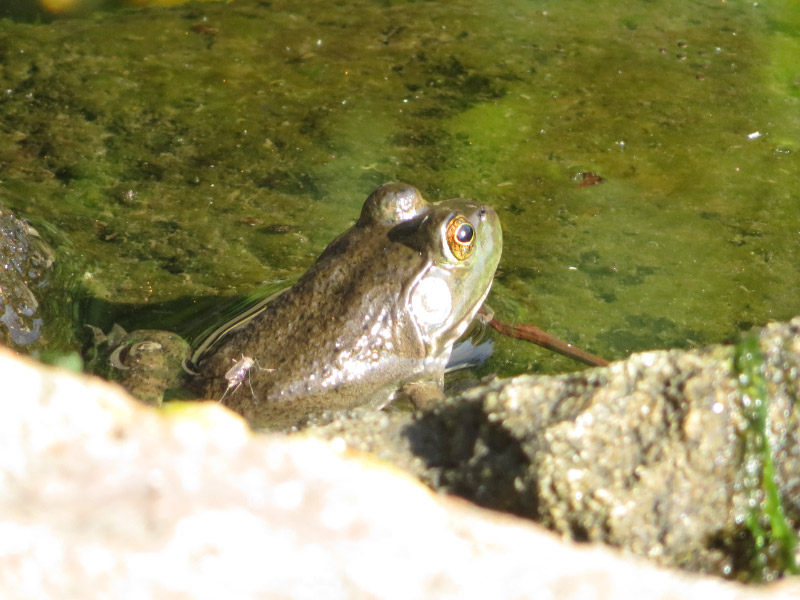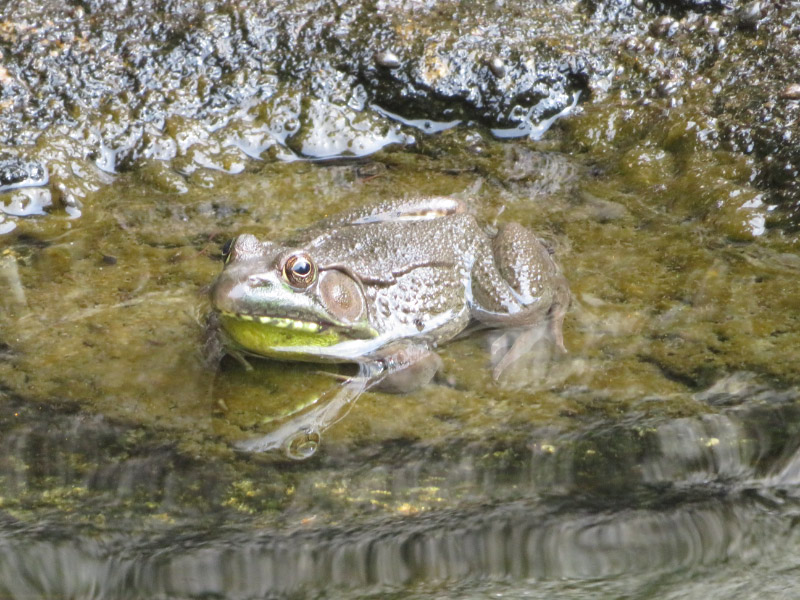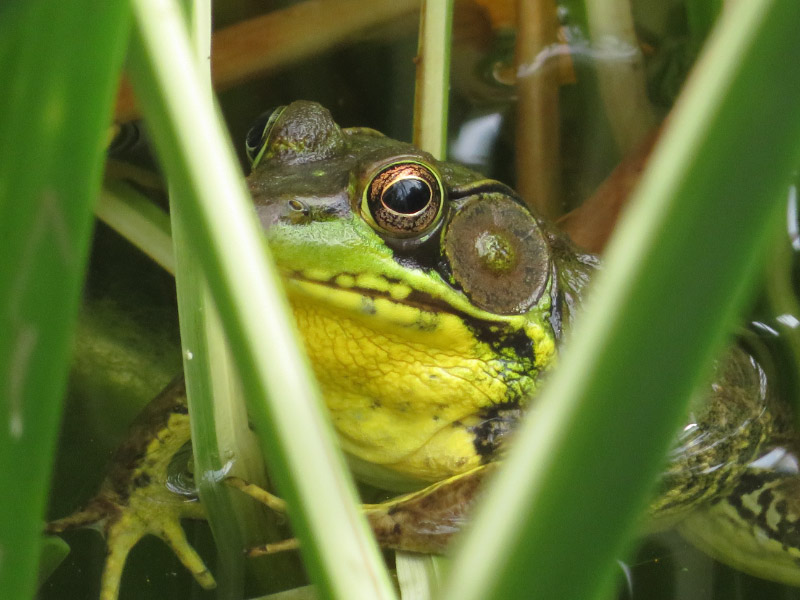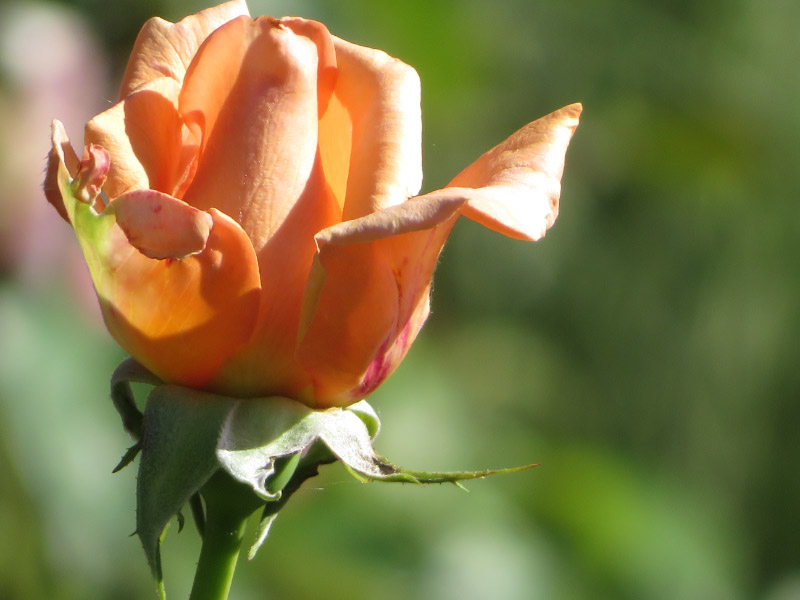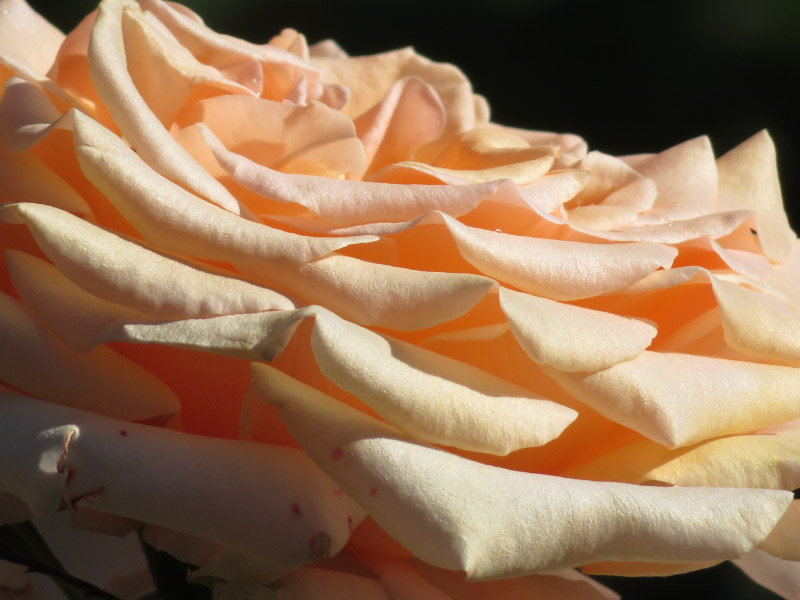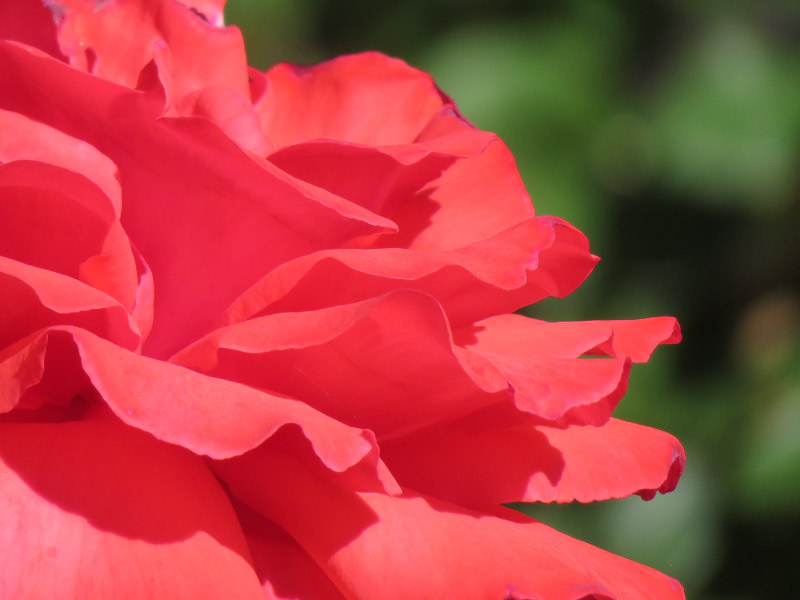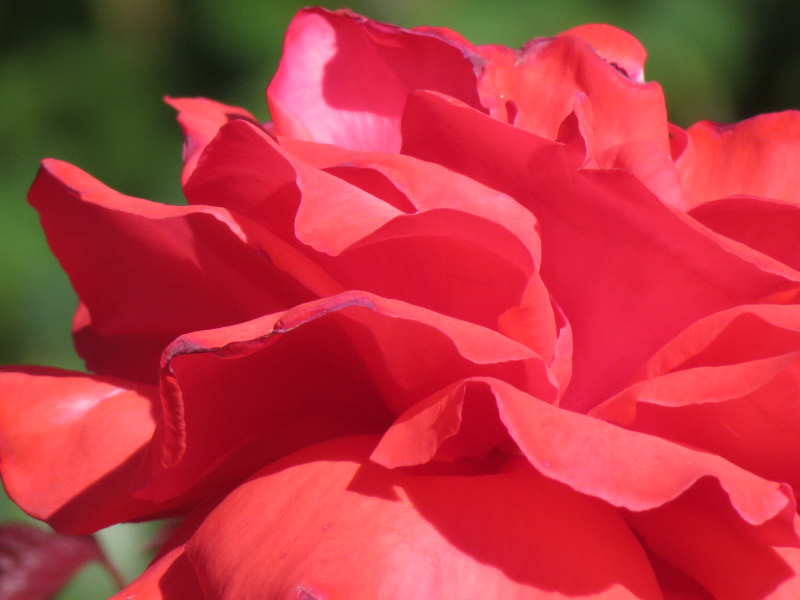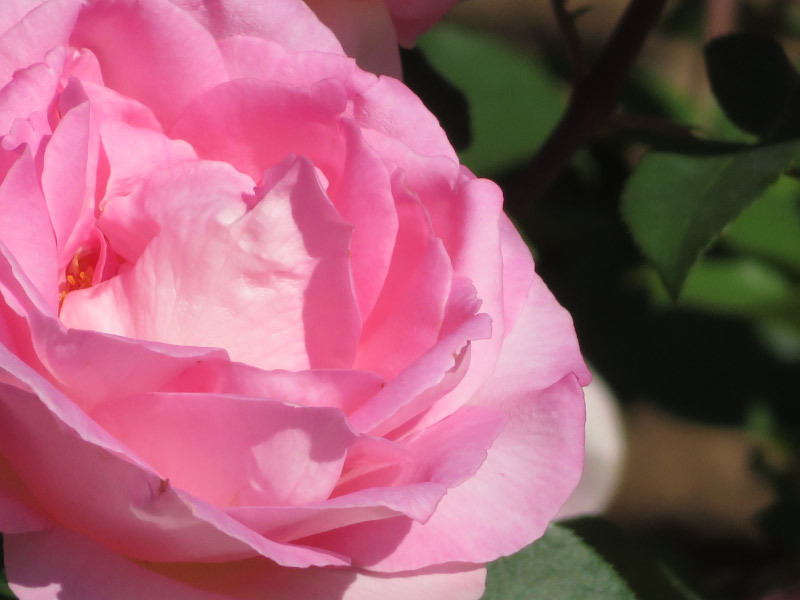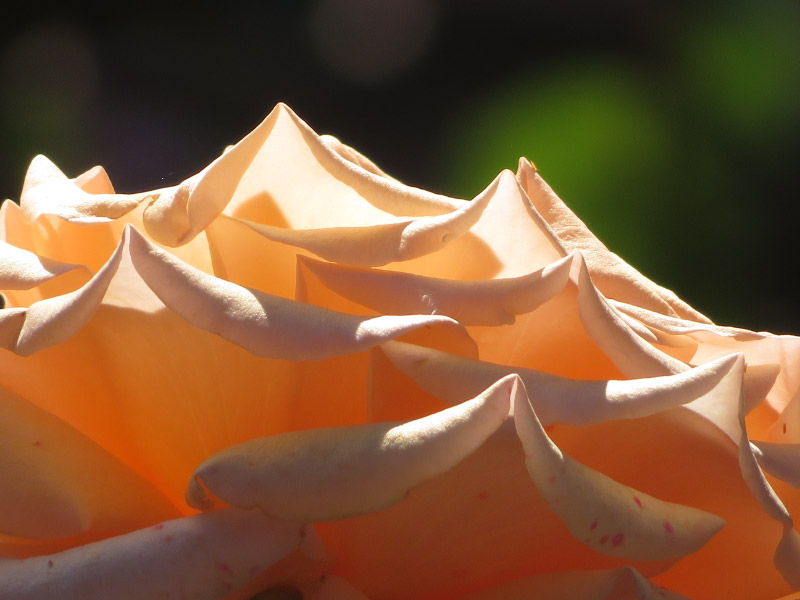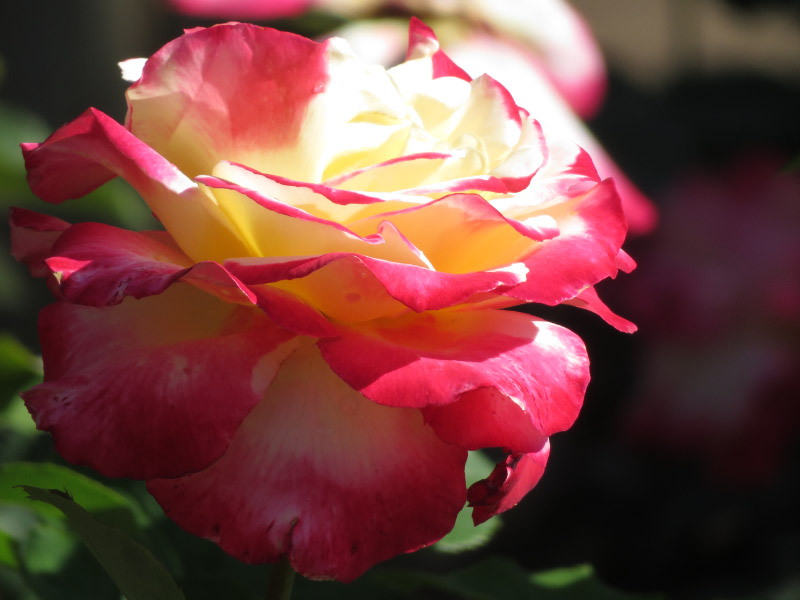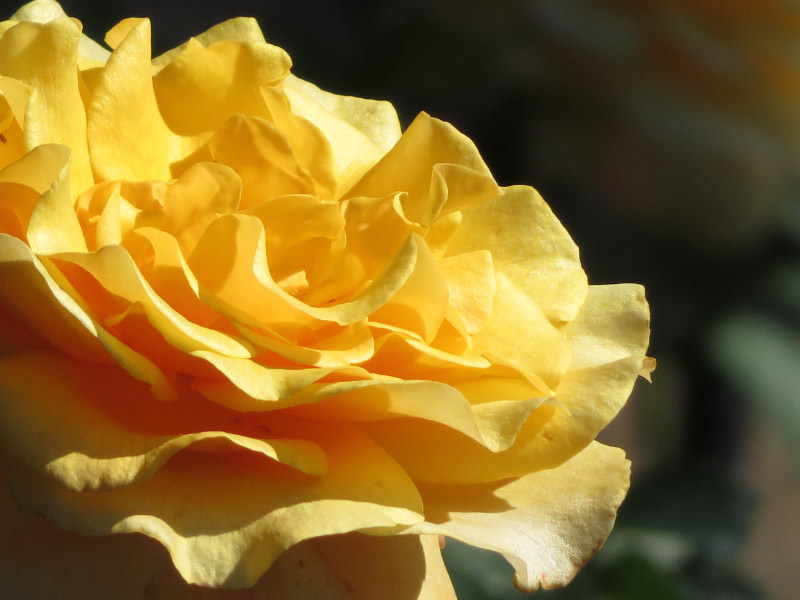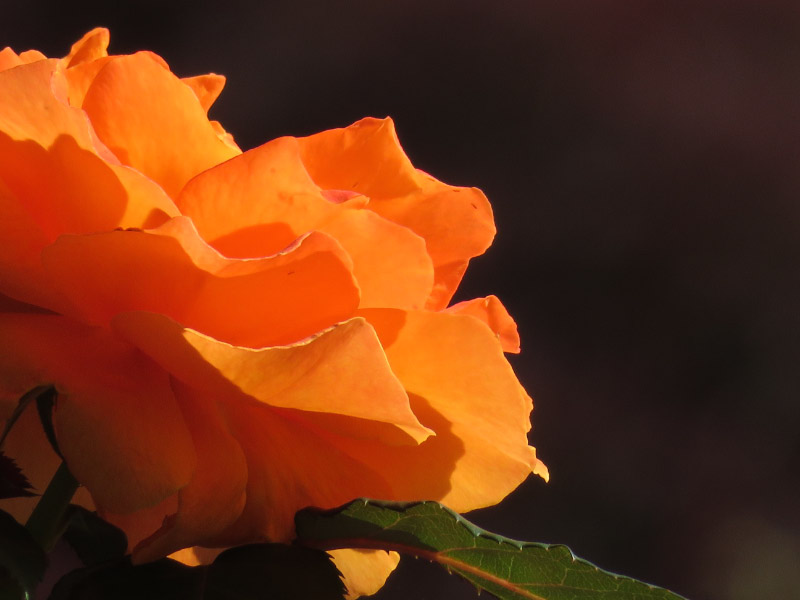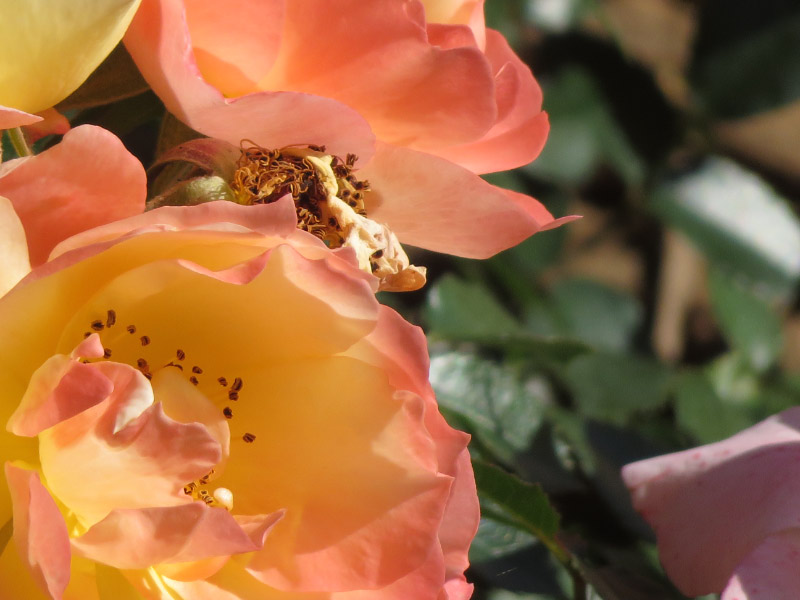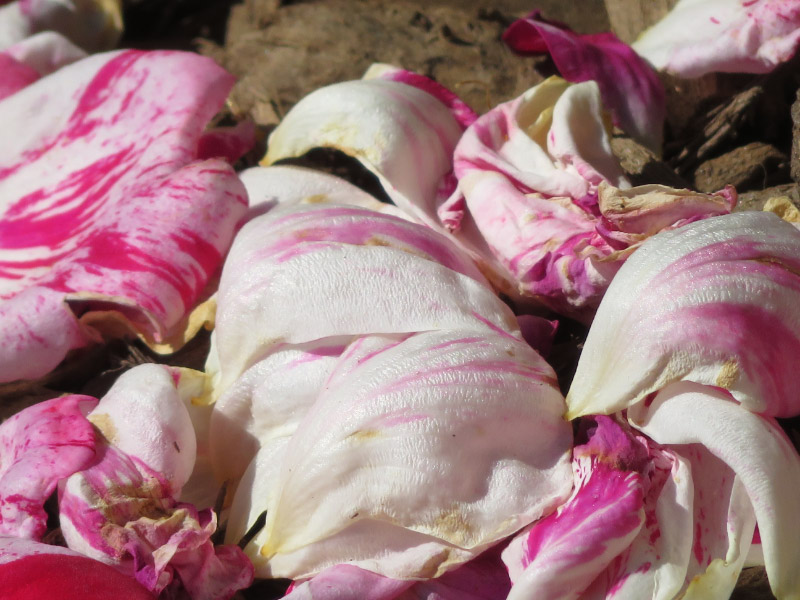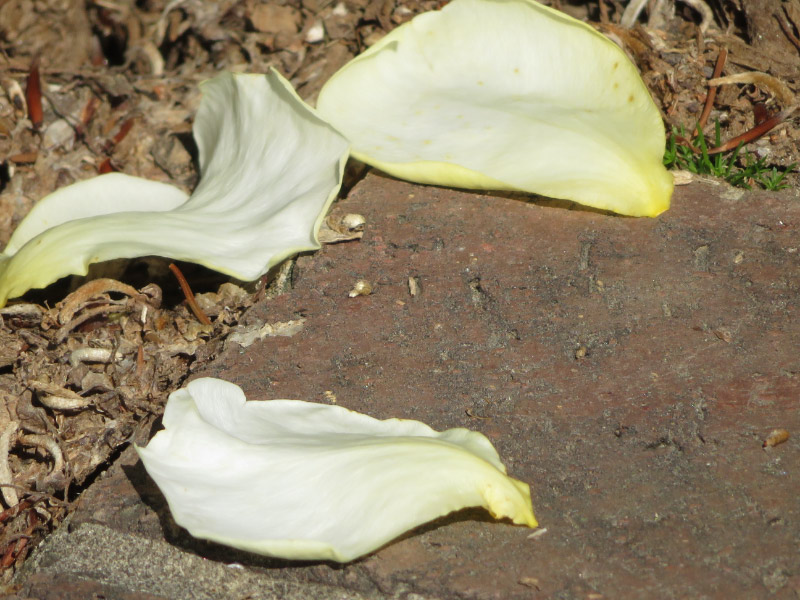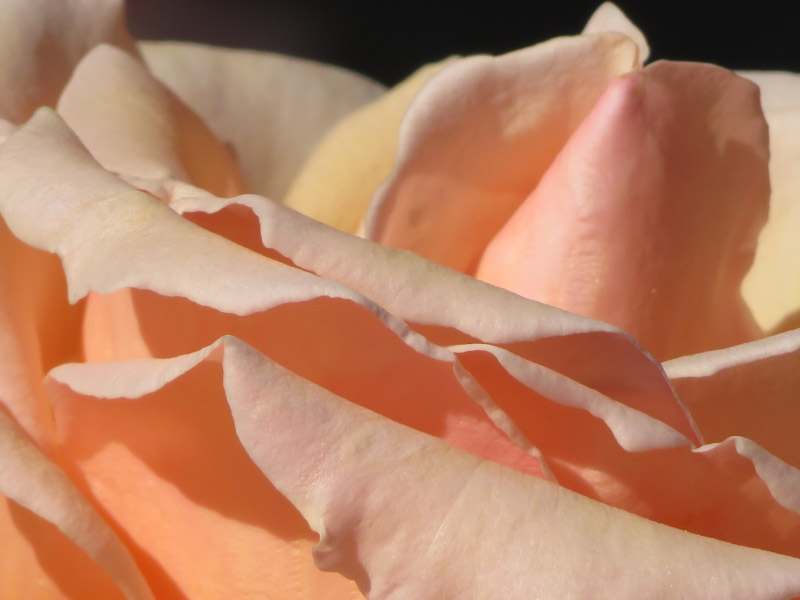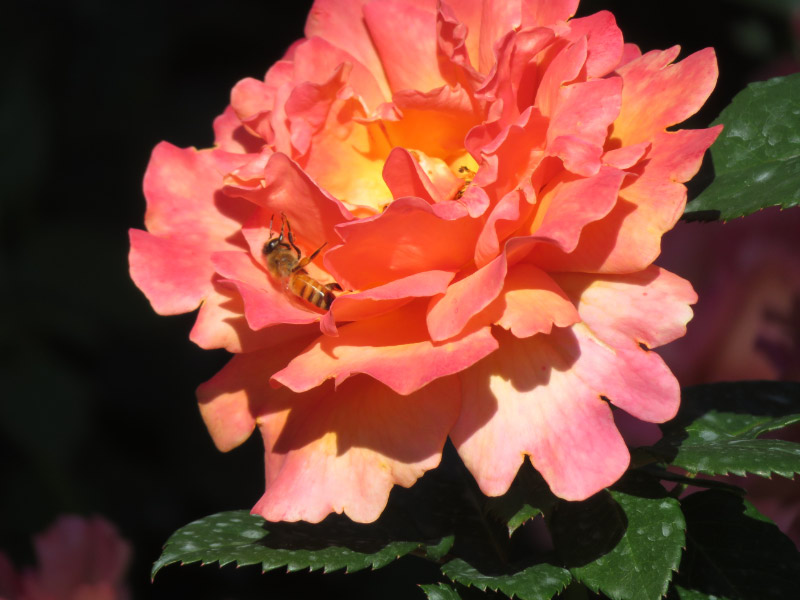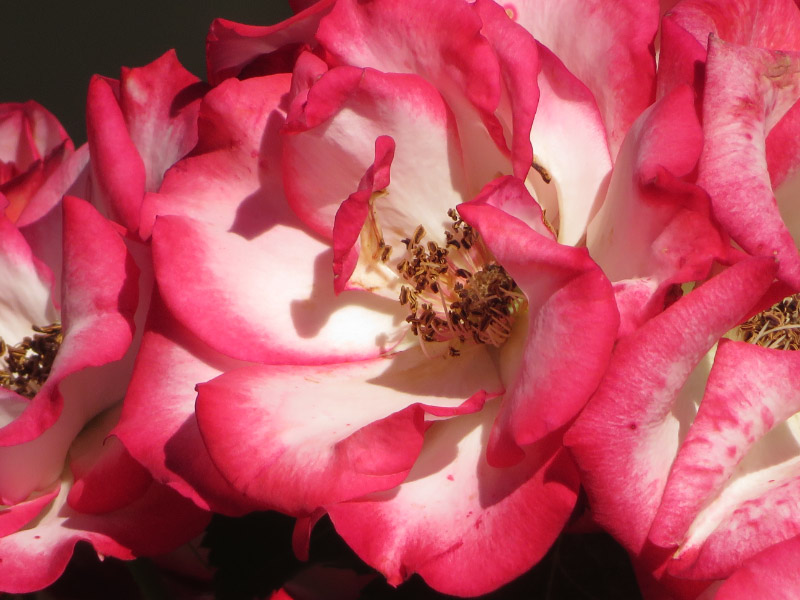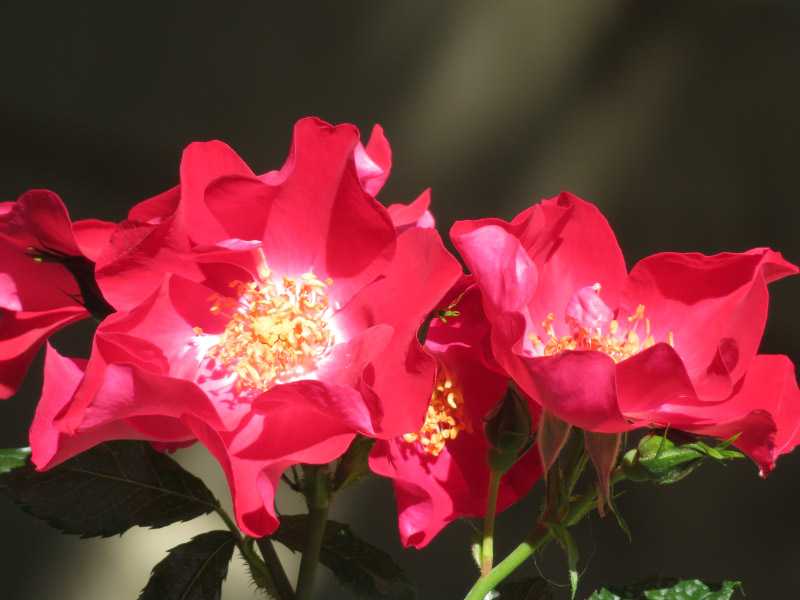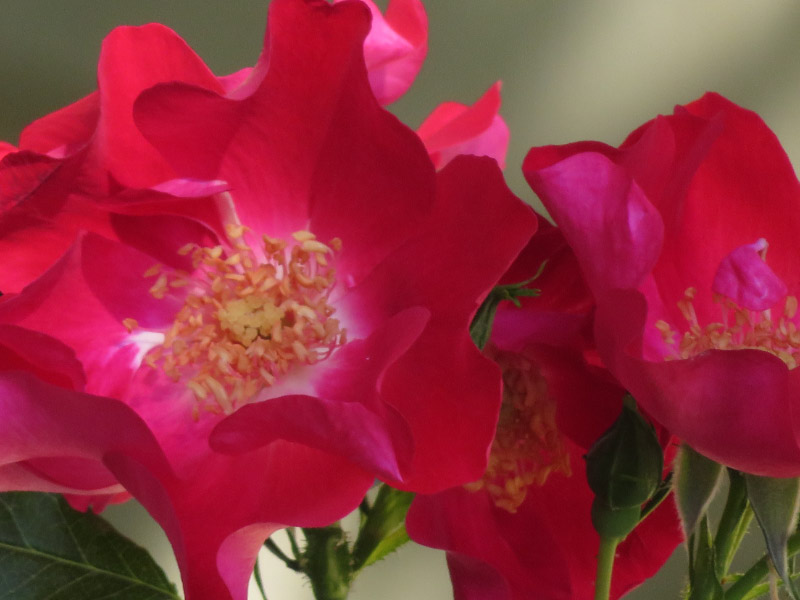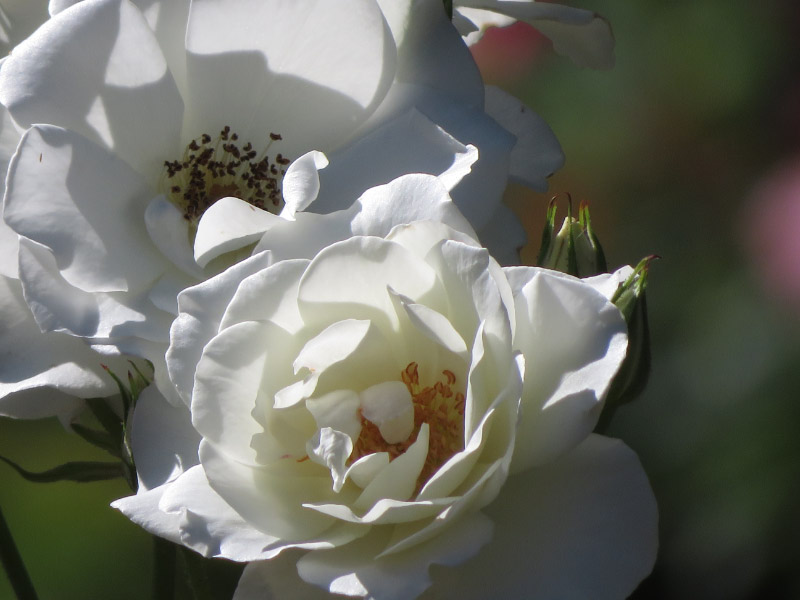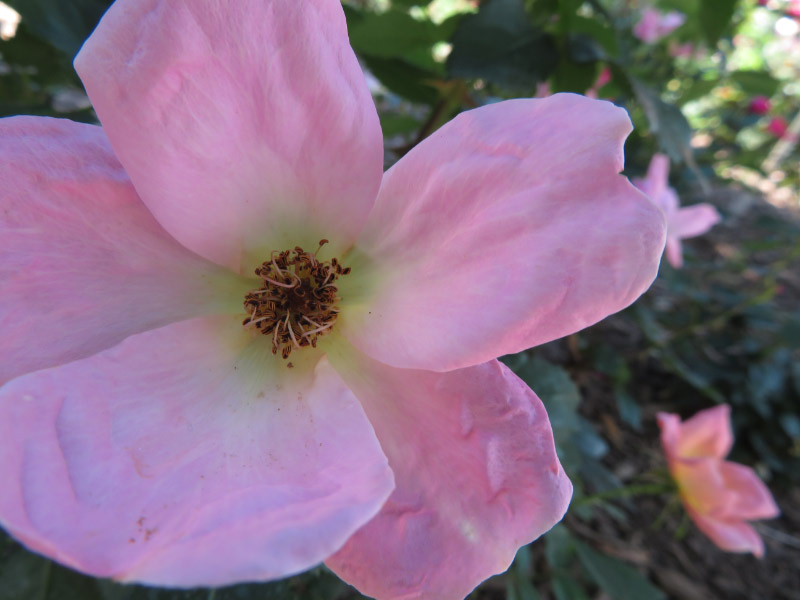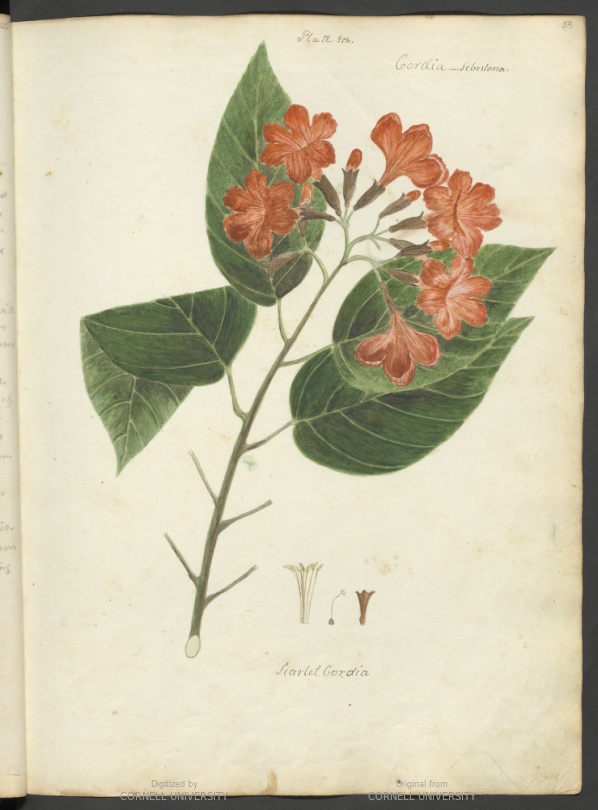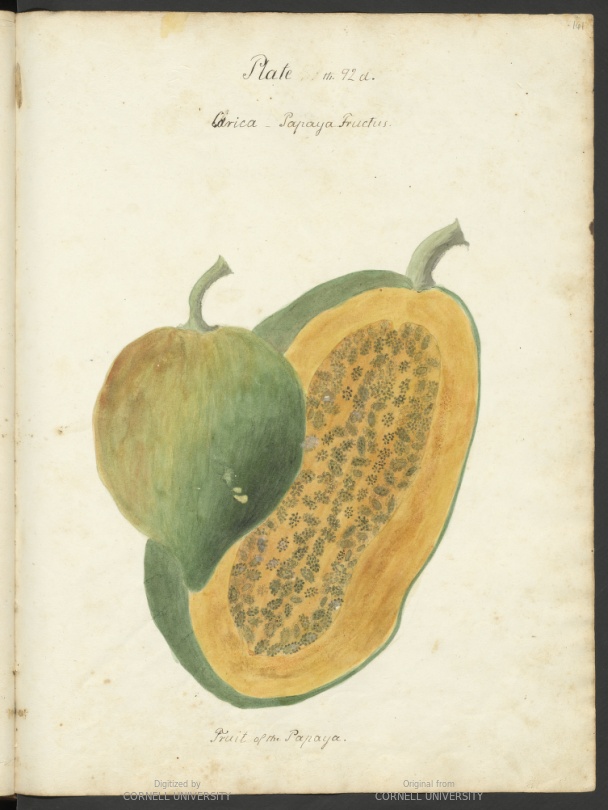Gleanings of the Week Ending July 6, 2019
/The items below were ‘the cream’ of the articles and websites I found this past week. Click on the light green text to look at the article.
Older forests resist change, climate change, that is -- ScienceDaily - A study from the University of Vermont. But there are a lot of other changes in the forest too – the advent of non-native diseases like emerald ash borer and the explosion of deer populations so that there is a lot less understory in the forest (and few young trees). Is the net still that old forests resist change more effectively than younger ones?
Top 25 Wild Bird Photographs of the Week: June – National Geographic Society Newsroom – The always beautiful series of bird pictures.
Expanding the temperature range of lithium-ion batteries ScienceDaily – I’ve noticed the battery in my Prius Prime does not last for as many miles in the winter as it does in the summer. It’s one of the issues I want improved before I buy my next EV.
Chattanooga Becomes First U.S. Airport to Run Entirely on Solar – YaleEnvironment360 – Congrats to Chattanooga on this milestone. Evidently the first airport to do it was Cochin International in Kerala, India which went 100% solar powered in 2015. I’ve noticed a lot of US airports have fields of solar arrays…but maybe they haven’t also installed batteries to make the airport 100% solar powered.
You Can Now Tour the Tunnels Beneath Rome’s Baths of Caracalla – Smithsonian – A little Roman history linked to a place where tons of wood were burned per day to keep the fires going so that the caldarium would have hot water…where 18.5 gallons of water per second were consumed…copper tanks and lead pipes.
Timed release of turmeric stops cancer cell growth – ScienceDaily – Part of the search for gentler treatments for children with osteosarcoma.
A Tale of Contrasting Rift Valley Lakes – NASA Earth Observatory – Lake Tanganyika and Lake Rukwa as viewed from NASA’s Aqua satellite. Deep and shallow. Salty and fresh. Brown and Blue.
Alibates Flint Quarries National Monument: Holding History in Your Hand – National Parks Traveler – I had to look up where Alibates Flint Quarries National Monument is located. It’s in the panhandle of Texas, north of Amarillo. I might go someday…on the way to somewhere else. The route would probably pass through the small western Oklahoma town where I was born.
Grand Canyon will soon be a dark sky park – Smithsonian – The park service has retrofitted lights to make it happen. This could be a good reason to camp in this national park!
What does the dust in your home mean for your health? – The Conversation – Thought provoking post. About one third of the ‘dust’ is created inside by ourselves and our pets, food debris, fibers from carpet/fabrics, particles from cooking plus chemicals like flame retardants. Are they toxic? There is ongoing research. Re outdoor sources – lead is the one of most concern.
















